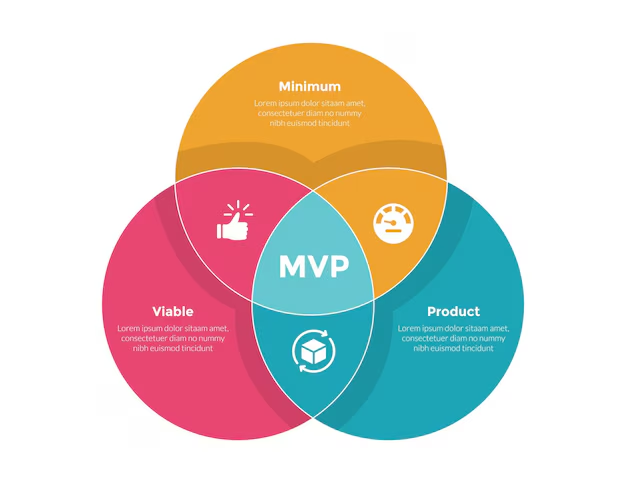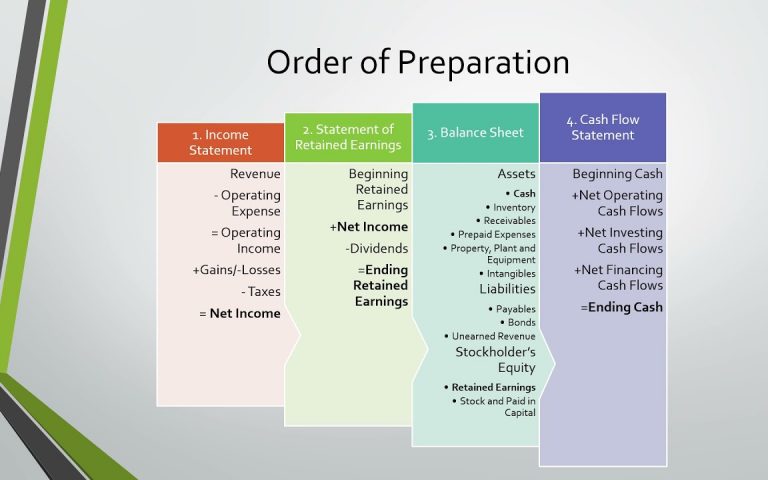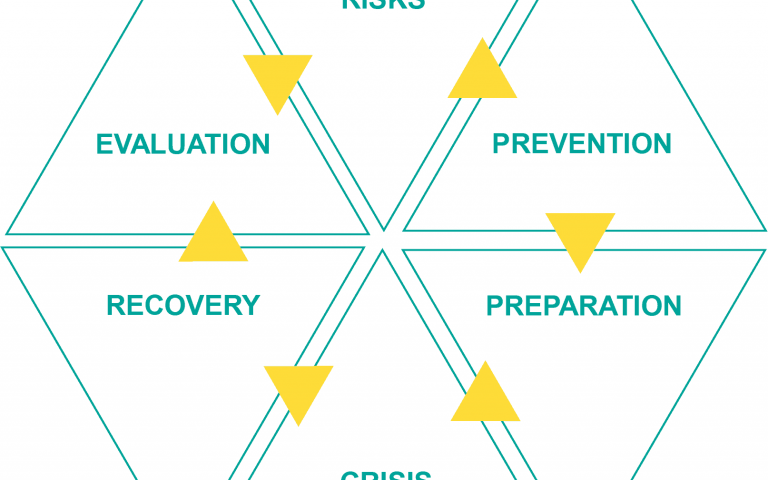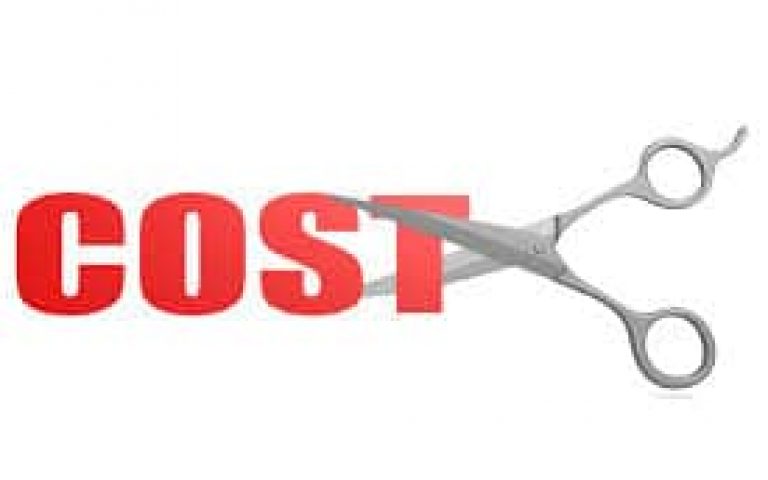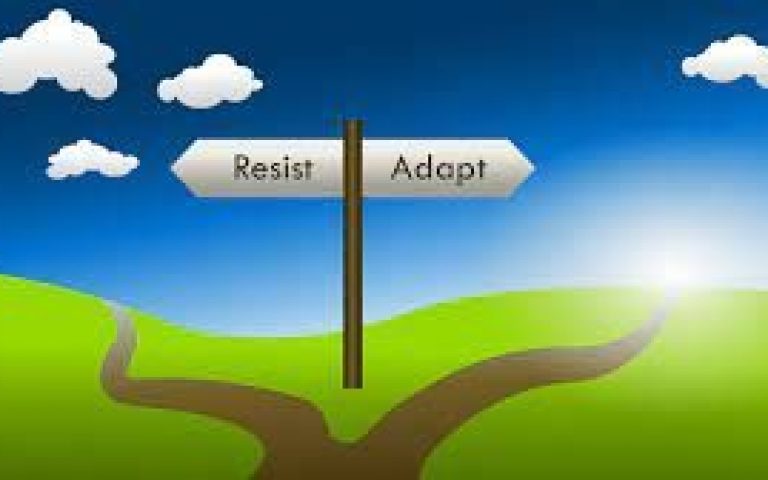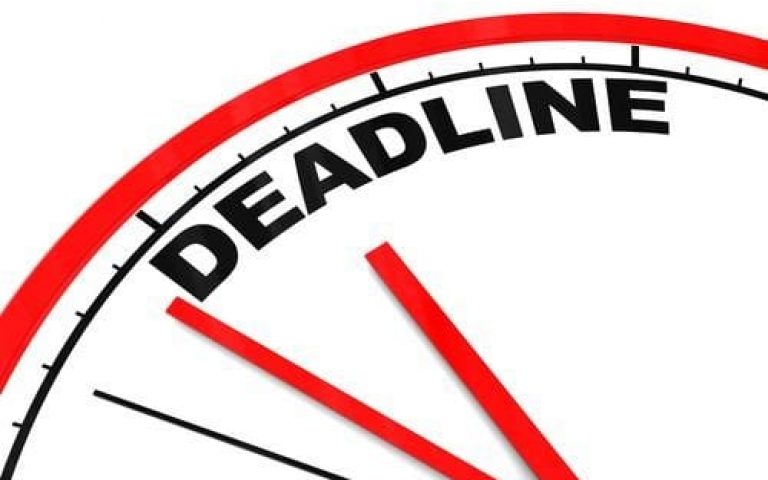Understanding how your company stacks up against others, both within and outside your industry, is essential for sustainable growth. One of the most strategic tools for this purpose is business effectiveness benchmarking. This process allows businesses to measure performance, identify operational gaps, and uncover opportunities for improvement by comparing themselves against peers or best-in-class organizations.
Whether you’re a small business owner, executive, or advisor, this article outlines a step-by-step approach to conducting a meaningful benchmarking exercise that drives real insights and action.
Step 1: Define the Scope and Objectives
Start by clarifying why you’re benchmarking. Are you trying to increase profitability, improve customer satisfaction, reduce costs, or evaluate team efficiency? A focused objective will guide your selection of metrics and comparison targets.
Common benchmarking goals include:
– Identifying operational inefficiencies
– Setting performance targets
– Prioritizing improvement initiatives
– Supporting strategic planning or exit readiness
Suggestion: Align benchmarking objectives with your broader business strategy so the results are actionable and relevant.
Step 2: Select Key Performance Indicators (KPIs)
Identify the specific metrics you will measure. These should be quantifiable, relevant to your objectives, and comparable across businesses. Break them down into major business areas such as:
– Financial Performance: Gross margin, EBITDA, revenue per employee, customer acquisition cost, etc.
– Operational Efficiency: Inventory turnover, production cycle time, delivery accuracy, utilization rates.
– Sales and Marketing Effectiveness: Lead conversion rate, sales per rep, marketing ROI.
– Customer Metrics: Net Promoter Score (NPS), customer retention rate, complaint resolution time.
– Employee Metrics: Revenue per employee, employee turnover, training hours per employee.
Include both lagging (e.g., profit margins) and leading (e.g., sales pipeline volume) indicators to create a balanced view.
Step 3: Choose Benchmarking Sources
To compare your KPIs effectively, gather relevant data from reliable benchmarking sources. These may include:
– Industry reports and databases (e.g., IBISWorld, BizMiner, RMA eStatement Studies)
– Trade associations
– Public financial disclosures of comparable companies
– Benchmarking consortiums and peer groups
– Internal company records (for historical comparisons)
– Client or competitor surveys (if anonymized)
Note: Ensure data comparisons are apples-to-apples—account for company size, region, industry, and business model differences.
Step 4: Gather and Normalize Your Data
Now collect your internal data that corresponds to the selected KPIs. This process may involve pulling data from accounting software, CRM platforms, ERP systems, or even manual logs.
Then, normalize your data to ensure it’s in the same format as your benchmark sources. For example, convert all monetary values to a common fiscal year, adjust headcount-based ratios, or calculate rolling 12-month averages.
Step 5: Analyze the Gaps
Compare your company’s performance against the benchmark data and look for performance gaps. These gaps may indicate:
– Underperformance – Areas where you lag behind industry averages or top performers
– Competitive advantages – Metrics where you outperform your peers
– Process bottlenecks – Points of inefficiency that impact broader performance
You may want to visualize the data using scorecards, radar charts, or heat maps to spot trends more easily.
Step 6: Identify Root Causes
Once you’ve identified the gaps, the next step is to understand why those gaps exist. This requires a deeper dive into internal processes, people, and systems. Use methods like:
– Process mapping
– Employee and customer interviews
– Root cause analysis tools like the 5 Whys or Fishbone diagrams
This step is critical to avoid treating symptoms instead of fixing root issues.
Step 7: Develop an Action Plan
Translate your findings into a focused action plan. For each gap identified:
– Set specific improvement goals
– Assign responsibilities
– Define success metrics
– Set timelines and milestones
Example: If your sales conversion rate is 20% below industry average, your action plan might include sales training, CRM optimization, and a new lead qualification process.
Step 8: Monitor Progress and Re-Benchmark
Benchmarking is not a one-time activity. Periodically reassess your progress by repeating the benchmarking exercise—quarterly or annually—to ensure improvements are sustained and to adapt to market changes.
Track how key metrics improve over time and refine your action plan accordingly.
Wrap-Up
Performing a business effectiveness benchmarking exercise provides a clear, data-driven picture of where your business stands and what it needs to thrive. By systematically identifying and closing performance gaps, companies can elevate their operations, improve profitability, and stay competitive in a rapidly evolving marketplace.
Remember, benchmarking isn’t about copying others, it’s about learning from them to strategically improve your own unique business.
If you need assistance, reach out to us. We would be happy to help.
***
TITAN Business Development Group, LLC
business coaching | advisory | exit planning







